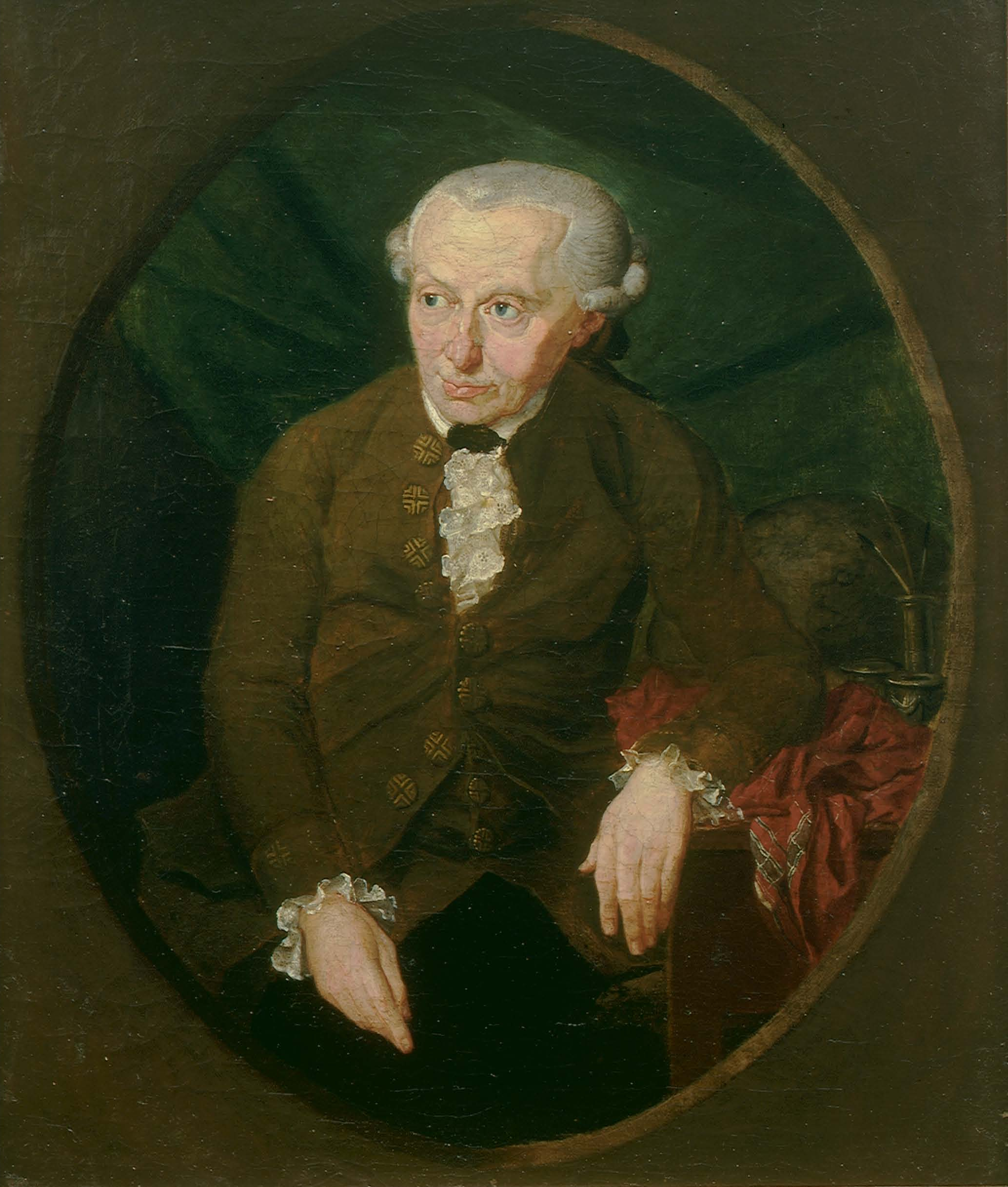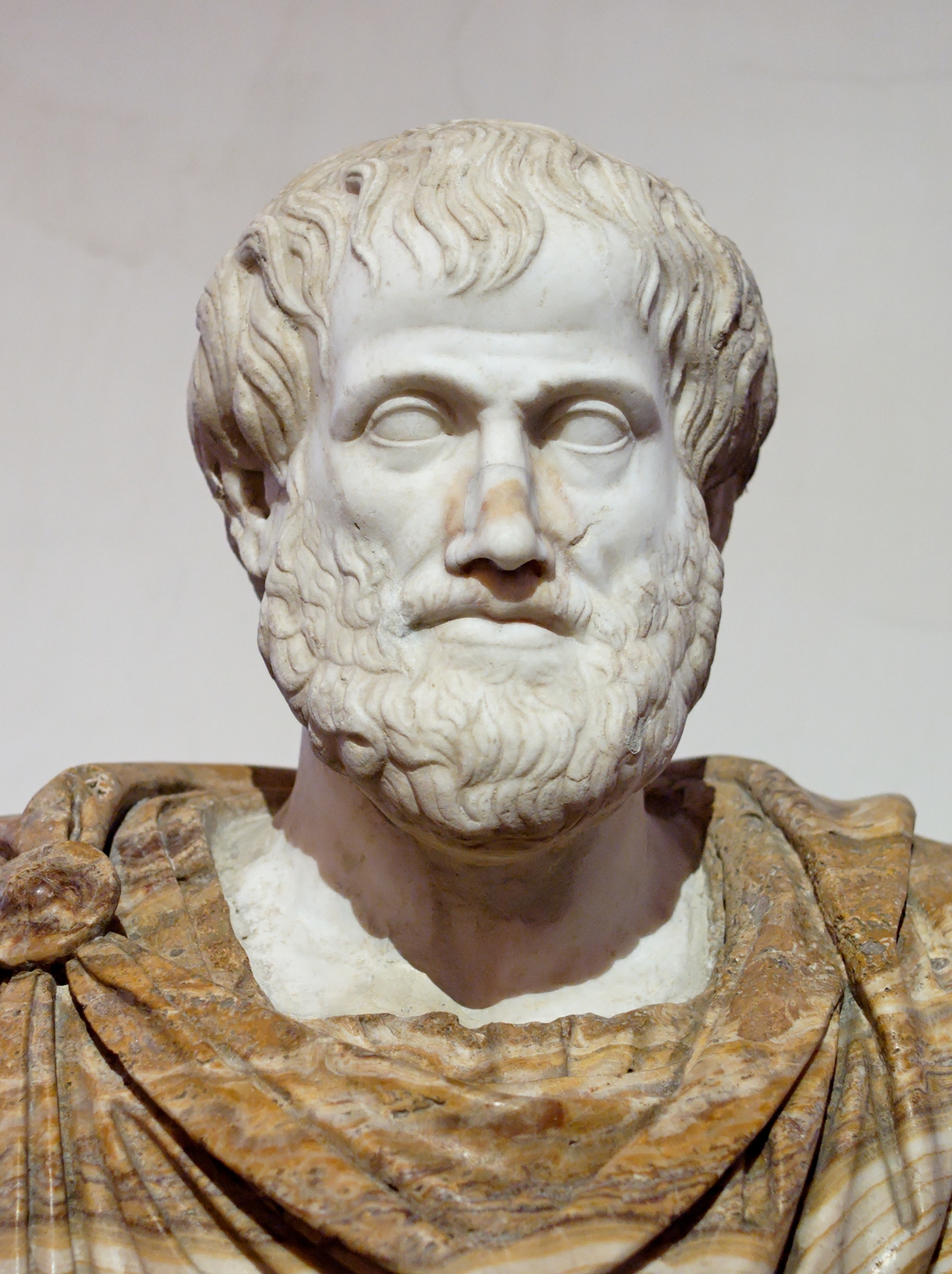|
Endurantism
Endurantism or endurance theory is a philosophical theory of persistence and identity. According to the endurantist view, material objects are persisting three-dimensional individuals wholly present at every moment of their existence, which goes with an A-theory of time. This conception of an individual as always present is opposed to perdurantism or four-dimensionalism, which maintains that an object is a series of temporal parts or stages, requiring a B-theory of time. The use of "endure" and "perdure" to distinguish two ways in which an object can be thought to persist can be traced to David Lewis. One serious problem of endurantism is the problem of temporary intrinsics raised by David Lewis. Lewis claims that intrinsic properties of objects would change over time. Thus, endurantism cannot harmonize identity with change and then cannot explain persistence clearly even if endurantists appeal to intrinsic properties. Endurantists may argue that intrinsic properties are ... [...More Info...] [...Related Items...] OR: [Wikipedia] [Google] [Baidu] [Amazon] |
Perdurantism
Perdurantism or perdurance theory is a philosophical theory of persistence and identity.Temporal parts – Stanford Encyclopedia of Philosophy In the debate over persistence currently involves three competing theories—one three-dimensionalist theory called "endurantism" and two four-dimensionalist theories called "perdurantism" and "exdurantism". For a perdurantist, all objects are considered to be four-dimensional worms and they make up the different regions of spacetime. It is a fusion of all the perdurant's instantaneous time slices compiled and blended into a complete mereological whole. Perdurantism posits that temporal parts alone are what ultimately change. [...More Info...] [...Related Items...] OR: [Wikipedia] [Google] [Baidu] [Amazon] |
Identity And Change
Metaphysics is the branch of philosophy that examines the basic structure of reality. It is traditionally seen as the study of mind-independent features of the world, but some theorists view it as an inquiry into the conceptual framework of human understanding. Some philosophers, including Aristotle, designate metaphysics as first philosophy to suggest that it is more fundamental than other forms of philosophical inquiry. Metaphysics encompasses a wide range of general and abstract topics. It investigates the nature of existence, the features all entities have in common, and their division into categories of being. An influential division is between particulars and universals. Particulars are individual unique entities, like a specific apple. Universals are general features that different particulars have in common, like the color . Modal metaphysics examines what it means for something to be possible or necessary. Metaphysicians also explore the concepts of space, time, and ... [...More Info...] [...Related Items...] OR: [Wikipedia] [Google] [Baidu] [Amazon] |
Counterpart Theory
In philosophy, specifically in the area of metaphysics, counterpart theory is an alternative to standard ( Kripkean) possible-worlds semantics for interpreting quantified modal logic. Counterpart theory still presupposes possible worlds, but differs in certain important respects from the Kripkean view. The form of the theory most commonly cited was developed by David Lewis, first in a paper and later in his book ''On the Plurality of Worlds''. Differences from the Kripkean view Counterpart theory (hereafter "CT"), as formulated by Lewis, requires that individuals exist in only one world. The standard account of possible worlds assumes that a modal statement about an individual (e.g., "it is possible that x is y") means that there is a possible world, W, where the individual x has the property y; in this case there is only one individual, x, at issue. On the contrary, counterpart theory supposes that this statement is really saying that there is a possible world, W, wherein exists a ... [...More Info...] [...Related Items...] OR: [Wikipedia] [Google] [Baidu] [Amazon] |
Four-dimensionalism
In philosophy, four-dimensionalism (also known as the doctrine of temporal parts) is the ontological position that an object's persistence through time is like its extension through space. Thus, an object that exists in time has temporal parts in the various subregions of the total region of time it occupies, just like an object that exists in a region of space has at least one part in every subregion of that space. Four-dimensionalists typically argue for treating time as analogous to space, usually leading them to endorse the doctrine of '' eternalism''. This is a philosophical approach to the ontological nature of time, according to which all points in time are equally "real", as opposed to the presentist idea that only the present is real. As some eternalists argue by analogy, just as all spatially distant objects and events are as real as those close to us, temporally distant objects and events are as real as those currently present to us. ''Perdurantism''—or ''perduran ... [...More Info...] [...Related Items...] OR: [Wikipedia] [Google] [Baidu] [Amazon] |
Temporal Parts
In contemporary metaphysics, temporal parts are the parts of an object that exist in time. A temporal part would be something like "the first year of a person's life", or "all of a table from between 10:00 a.m. on June 21, 1994 to 11:00 p.m. on July 23, 1996". The term is used in the debate over the persistence of material objects. Objects typically have parts that exist in space—a human body, for example, has ''spatial parts'' like hands, feet, and legs. Some metaphysicians believe objects have ''temporal parts'' as well. Originally it was argued that those who believe in temporal parts believe in perdurantism, that persisting objects are wholes composed entirely of temporal parts. This view was contrasted with endurantism, the claim that objects are wholly present at any one time (thus not having different temporal parts at different times). This claim is still commonplace, but philosophers like Ted Sider believe that even endurantists should accept temporal parts. Definition ... [...More Info...] [...Related Items...] OR: [Wikipedia] [Google] [Baidu] [Amazon] |
Ontology
Ontology is the philosophical study of existence, being. It is traditionally understood as the subdiscipline of metaphysics focused on the most general features of reality. As one of the most fundamental concepts, being encompasses all of reality and every entity within it. To articulate the basic structure of being, ontology examines the commonalities among all things and investigates their classification into basic types, such as the Theory of categories, categories of particulars and Universal (metaphysics), universals. Particulars are unique, non-repeatable entities, such as the person Socrates, whereas universals are general, repeatable entities, like the color ''green''. Another distinction exists between Abstract and concrete, concrete objects existing in space and time, such as a tree, and abstract objects existing outside space and time, like the number 7. Systems of categories aim to provide a comprehensive inventory of reality by employing categories such as Substance t ... [...More Info...] [...Related Items...] OR: [Wikipedia] [Google] [Baidu] [Amazon] |
David Lewis (philosopher)
David Kellogg Lewis (September 28, 1941– October 14, 2001) was an American philosopher. Lewis taught briefly at UCLA and then at Princeton University from 1970 until his death. He is closely associated with Australia, whose philosophical community he visited almost annually for more than 30 years. Lewis made significant contributions in philosophy of mind, philosophy of probability, epistemology, philosophical logic, aesthetics, philosophy of mathematics, philosophy of time and philosophy of science. In most of these fields he is considered among the most important figures of recent decades. Lewis is most famous for his work in metaphysics, philosophy of language and semantics, in which his books ''On the Plurality of Worlds'' (1986) and ''Counterfactuals'' (1973) are considered classics. His works on the logic and semantics of counterfactual conditionals are broadly used by philosophers and linguists along with a competing account from Robert Stalnaker; together the Stal ... [...More Info...] [...Related Items...] OR: [Wikipedia] [Google] [Baidu] [Amazon] |
Four-dimensionalism
In philosophy, four-dimensionalism (also known as the doctrine of temporal parts) is the ontological position that an object's persistence through time is like its extension through space. Thus, an object that exists in time has temporal parts in the various subregions of the total region of time it occupies, just like an object that exists in a region of space has at least one part in every subregion of that space. Four-dimensionalists typically argue for treating time as analogous to space, usually leading them to endorse the doctrine of '' eternalism''. This is a philosophical approach to the ontological nature of time, according to which all points in time are equally "real", as opposed to the presentist idea that only the present is real. As some eternalists argue by analogy, just as all spatially distant objects and events are as real as those close to us, temporally distant objects and events are as real as those currently present to us. ''Perdurantism''—or ''perduran ... [...More Info...] [...Related Items...] OR: [Wikipedia] [Google] [Baidu] [Amazon] |
Identity (philosophy)
In metaphysics, identity (from , "sameness") is the relation each thing bears only to itself. The notion of identity gives rise to many philosophical problems, including the identity of indiscernibles (if ''x'' and ''y'' share all their properties, are they one and the same thing?), and questions about change and personal identity over time (what has to be the case for a person ''x'' at one time and a person ''y'' at a later time to be one and the same person?). It is important to distinguish between ''qualitative identity'' and ''numerical identity''. For example, consider two children with identical bicycles engaged in a race while their mother is watching. The two children have the ''same'' bicycle in one sense (''qualitative identity'') and the ''same'' mother in another sense (''numerical identity''). This article is mainly concerned with ''numerical identity'', which is the stricter notion. The philosophical concept of identity is distinct from the better-known notion of ... [...More Info...] [...Related Items...] OR: [Wikipedia] [Google] [Baidu] [Amazon] |
Philosophy Of Time
Philosophy ('love of wisdom' in Ancient Greek) is a systematic study of general and fundamental questions concerning topics like existence, reason, knowledge, value, mind, and language. It is a rational and critical inquiry that reflects on its methods and assumptions. Historically, many of the individual sciences, such as physics and psychology, formed part of philosophy. However, they are considered separate academic disciplines in the modern sense of the term. Influential traditions in the history of philosophy include Western, Arabic–Persian, Indian, and Chinese philosophy. Western philosophy originated in Ancient Greece and covers a wide area of philosophical subfields. A central topic in Arabic–Persian philosophy is the relation between reason and revelation. Indian philosophy combines the spiritual problem of how to reach enlightenment with the exploration of the nature of reality and the ways of arriving at knowledge. Chinese philosophy focuses principally o ... [...More Info...] [...Related Items...] OR: [Wikipedia] [Google] [Baidu] [Amazon] |
Internet Encyclopedia Of Philosophy
The ''Internet Encyclopedia of Philosophy'' (''IEP'') is a scholarly online encyclopedia with around 900 articles about philosophy, philosophers, and related topics. The IEP publishes only peer review, peer-reviewed and blind-refereed original papers. Contribution is generally by invitation, and contributors are from 35 countries and are recognized as leading international specialists within their field. History The ''IEP'' was founded by philosopher James Fieser in 1995, operating through a non-profit organization with the aim of providing accessible and scholarly information on philosophy.Kooy, B. 2015. 'Internet Encyclopedia of Philosophy', in ''Reference Review,'' Vol. 29, No. 4, p. 12; see also The current general editors are philosophers James Fieser and Bradley Dowden (since 1999) with a staff of thirty faculty members as subject-area editors plus numerous volunteers. The entire website was redesigned in 2009, transitioning to the Open source, open-source content manageme ... [...More Info...] [...Related Items...] OR: [Wikipedia] [Google] [Baidu] [Amazon] |


